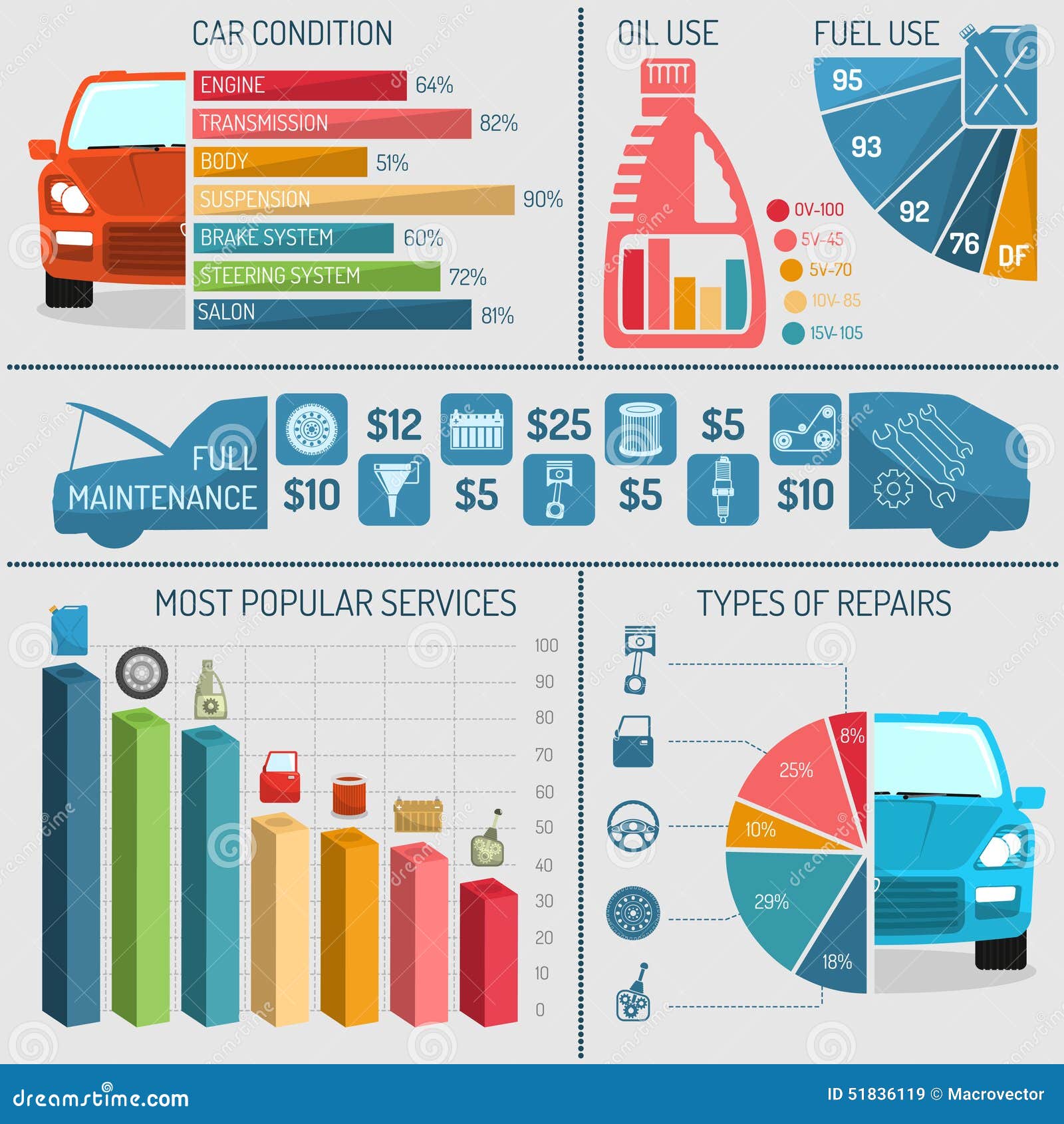Understanding The Definition Behind Your Lorry'S Warning Lighting: A Comprehensive Look
Understanding The Definition Behind Your Lorry'S Warning Lighting: A Comprehensive Look
Blog Article
Post Composed By-Lim Torres
When you lag the wheel, those glowing caution lights on your control panel can be a bit bewildering. Do you understand what they're attempting to tell you concerning your vehicle's health? Comprehending the value of these lights is essential for your security and the durability of your car. So, the next time one of those lights appears, would not you want to decode its message accurately and take the required actions to address it?
Common Caution Lighting and Interpretations
Determine typical warning lights in your auto and comprehend their definitions to make sure secure driving.
One of the most common caution lights include the check engine light, which indicates issues with the engine or discharges system. If this light comes on, it's critical to have your automobile examined quickly.
The oil stress cautioning light indicates low oil pressure, requiring instant focus to prevent engine damages.
A flashing battery light might recommend a defective charging system, possibly leaving you stranded if not resolved.
The tire pressure tracking system (TPMS) light alerts you to reduced tire pressure, influencing car security and gas efficiency. Overlooking this can lead to hazardous driving problems.
The abdominal muscle light suggests a problem with the anti-lock stopping system, compromising your capability to quit swiftly in emergencies.
Last but not least, the coolant temperature warning light warns of engine overheating, which can lead to extreme damages if not fixed quickly.
Understanding these usual caution lights will certainly aid you address concerns quickly and preserve safe driving problems.
Importance of Prompt Interest
Understanding the common caution lights in your auto is only the very first step; the significance of promptly resolving these cautions can not be highlighted sufficient to guarantee your safety when driving.
When a warning light illuminates on your control panel, it's your auto's means of interacting a possible problem that requires attention. Neglecting these warnings can bring about much more extreme issues in the future, jeopardizing your security and possibly costing you extra out of commission.
Trigger interest to alerting lights can stop malfunctions and accidents. For instance, a blinking check engine light might suggest a misfire that, if left neglected, can create damages to the catalytic converter. Addressing https://jaredwslfy.blog-mall.com/31772100/individual-trip-rejuvenating-my-old-car-via-a-weekend-detailing-job can conserve you from a pricey fixing.
Similarly, a brake system alerting light might indicate low brake liquid or worn brake pads, essential components for your safety and security when driving.
Do It Yourself Troubleshooting Tips
If you observe a caution light on your control panel, there are a few DIY fixing suggestions you can attempt prior to looking for expert aid.
The very first step is to consult your vehicle's guidebook to understand what the particular warning light indicates. Sometimes in detail can be as basic as a loose gas cap setting off the check engine light. Tightening the gas cap might fix the problem.
carvaletnearhowickaucklandprices is a low battery, which can set off numerous alerting lights. Examining interior car seat cleaning for deterioration and guaranteeing they're protected might take care of the trouble.
If a caution light continues, you can try resetting it by separating the automobile's battery for a few minutes and after that reconnecting it. Additionally, examining your automobile's fluid levels, such as oil, coolant, and brake liquid, can assist troubleshoot warning lights related to these systems.
Conclusion
In conclusion, comprehending your cars and truck's caution lights is necessary for keeping your car running efficiently and securely. By immediately resolving these signals and knowing what they imply, you can prevent pricey repairs and potential failures.
Bear in mind to consult your auto's guidebook for specific details on each advising light and act appropriately to make certain a trouble-free driving experience.
Stay notified, stay safe on the road!
